Understanding the Electrical Panel: What It Is and Its Role
An electrical panel, commonly referred to as a breaker box or service panel, is the heart of a home’s electrical system. Servicing as the central hub, it distributes electricity throughout the house while controlling the electrical current flowing to various circuits. Understanding how an electrical panel functions and recognizing its importance can help homeowners make informed decisions regarding maintenance, upgrades, and safety.
Basics of Electrical Panels and Their Components
At its core, an electrical panel encompasses several essential components that work together to supply and control electricity in your home:
- Main Breaker: This is a large switch that can turn off all the electricity to the panel and subsequently to the home. It helps reset the system in case of an overload.
- Circuit Breakers: These smaller switches control the flow of electricity to individual circuits within the home. If the current is too high, the circuit breaker “trips” to prevent overheating and potential fires.
- Bus Bar: This part distributes electric current to various circuit breakers, managing the flow of electricity from the main supply to the circuits.
- Neutral and Ground Bars: They connect to neutral and ground wires, providing a path for electrical current to safely dissipate in case of faults.
Importance of Electrical Panels in Home Safety
Electrical panels play a pivotal role in ensuring safety within a home. They prevent overloads, which can cause electrical fires, and are designed to disconnect power in case of faults in the system. Regular maintenance and awareness of the panel’s condition are necessary to keep electrical systems safe and functional. An outdated or malfunctioning panel poses significant hazards, including:
- Increased risk of electrical fires due to overheating wires or circuits.
- Frequent electricity outages that disrupt daily life.
- Inability to accommodate modern appliances and electronics.
Key Signs that Indicate an Upgrade Is Necessary
Recognizing the signs that suggest an electrical panel upgrade is essential to maintain safety and efficiency:
- Frequent trips of breakers or blown fuses.
- Burning smells or scorching near the panel.
- Visible rust, corrosion, or other forms of deterioration.
- The panel is over 20 years old.
Signs You Need to Upgrade Your Electrical Panel
Frequent Breaker Trips and Overloads
Investing in modern appliances can increase the demand for electricity in your home significantly. If you find that circuit breakers regularly trip or fuses blow, it’s a clear indication that your electrical panel may not be equipped to handle your current electrical load. Each breaker is rated for a specific amperage, and when the load exceeds this rating, it will trip as a protective measure. Frequent breaker trips not only frustrate homeowners but are also a safety concern.
Inadequate Power for Modern Appliances
Today’s households often utilize numerous electronic devices, from extensive home entertainment systems to the latest kitchen gadgets. Older panels—particularly those rated for less than 100 amps—may struggle to supply adequate power, leading to inadequate performance or potential damage to appliances. If your home is experiencing issues like flickering lights or appliances not performing at optimal levels, an upgrade to a panel that can handle 200 amps or more may be warranted.
Visible Damage or Age of the Current Panel
Simply reviewing the condition of your electrical panel can provide insight into its health. Signs of water damage, burn marks, or pitting on the breakers themselves indicate that the panel is aging or has suffered some form of damage. If your panel is over two decades old, it may not only be inefficient but could also likely lack modern safety features, making an upgrade a wise investment in both safety and function.
Choosing the Right Electrical Panel for Your Home
Types of Electrical Panels Explained
Choosing the right electrical panel involves understanding different types available on the market:
- Main Breaker Panel: This is the most common type, offering a primary breaker that controls all circuits in the home.
- Subpanels: These panels are installed in addition to the main panel to extend circuit capacity, often used in larger homes or outside structures.
- Smart Panels: Modern advancements have led to smart panels that integrate with home automation systems, allowing homeowners to monitor and control their electricity usage efficiently.
Factors to Consider When Selecting a Panel
Choosing the right electrical panel for your home involves considering several key factors:
- Amperage: Assess your electrical needs to determine the necessary amperage. Homes with extensive electrical use, particularly in kitchens and entertainment areas, may require a 200-amp panel.
- Future-Proofing: Consider not only your current needs but also potential future expansions or upgrades to your electrical system.
- Brand Reputation: Opt for panels manufactured by trusted brands known for reliability and longevity.
- Local Codes: Always ensure that your selected panel complies with local building codes and regulations.
Cost Comparisons and Budget Planning
Upgrading your electrical panel represents a significant investment, and understanding the financial implications is vital for budgeting:
- Panel Costs: The cost of the panel itself can range from a few hundred to several thousand dollars, depending on the type and quality.
- Labor Costs: Hiring a licensed electrician usually incurs a fee based on hourly rates, so consider the overall labor involved.
- Permitting Fees: Many municipalities require permits for electrical work, adding to the overall cost. Factor in potential inspections as well.
Being prepared for the total cost ensures you don’t encounter unexpected expenses during the upgrade process.
Professional Installation vs. DIY: What You Need to Know
Pros and Cons of Hiring a Professional Electrician
While some homeowners may contemplate a DIY approach to upgrading their electrical panel, it is often recommended to hire a professional electrician:
- Pros of Hiring a Professional:
- Expert knowledge of local codes and safety regulations.
- Ability to quickly diagnose existing issues.
- Insurance coverage offers peace of mind.
- Cons of DIY:
- Complexity of electrical systems can lead to safety hazards.
- Potential voiding of warranties if improperly installed.
- Time-consuming, with the risk of costly mistakes.
Steps Involved in Professional Electrical Panel Installation
The installation of a new electrical panel generally entails several steps, each requiring expertise:
- Assessment: An electrician assesses current systems and determines necessary upgrades.
- Permitting: Obtain necessary permits and inspections per local regulations.
- Installation: Disconnect power, remove old panel, and install the new panel carefully.
- Connections: Safely connect circuits to the new panel and test to ensure functionality.
Legal Codes and Safety Regulations to Follow
Every state and locality has specific building codes related to electrical installations. Familiarizing yourself with these regulations prior to installation is essential. Licensed electricians stay updated on changes in codes, ensuring compliance and safety, thus reducing the risk of fines or illegal work.
Maintaining Your Electrical Panel for Longevity
Regular Checks and Maintenance Procedures
To prolong the life of your electrical panel, periodic maintenance and checks are essential. Homeowners should consider performing the following actions:
- Inspect for signs of corrosion or rust.
- Ensure there is no moisture around the panel.
- Test break circuits regularly to confirm functionality.
It is also advisable to have a qualified electrician perform routine maintenance checks to catch underlying issues before they escalate.
Common Issues to Watch For
Several common issues may arise in electrical panels, and being aware of them can help you address problems swiftly:
- Tripped breakers: Frequent tripping of breakers can indicate overloading or a faulty breaker.
- Burn Marks: Signs of overheating or fire hazards need immediate attention.
- Noisy Breakers: Hearing buzzing or crackling sounds can suggest electrical issues that must be investigated.
When to Call a Professional for Inspections
While minor issues may be manageable, any signs of significant damage or malfunction should prompt an immediate call to a licensed electrician. Do not hesitate to seek professional insight even if you are uncertain—the risks associated with electrical tasks far outweigh the cost of expert advice.
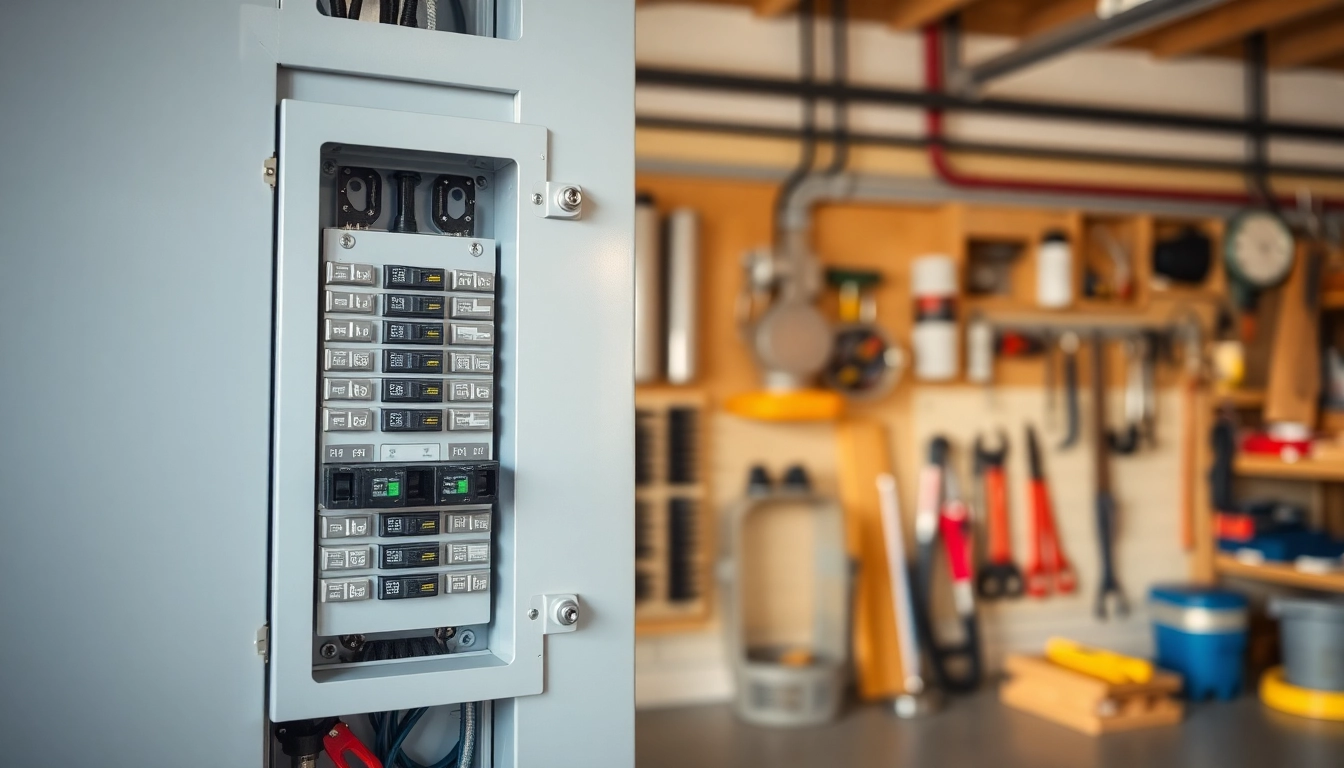
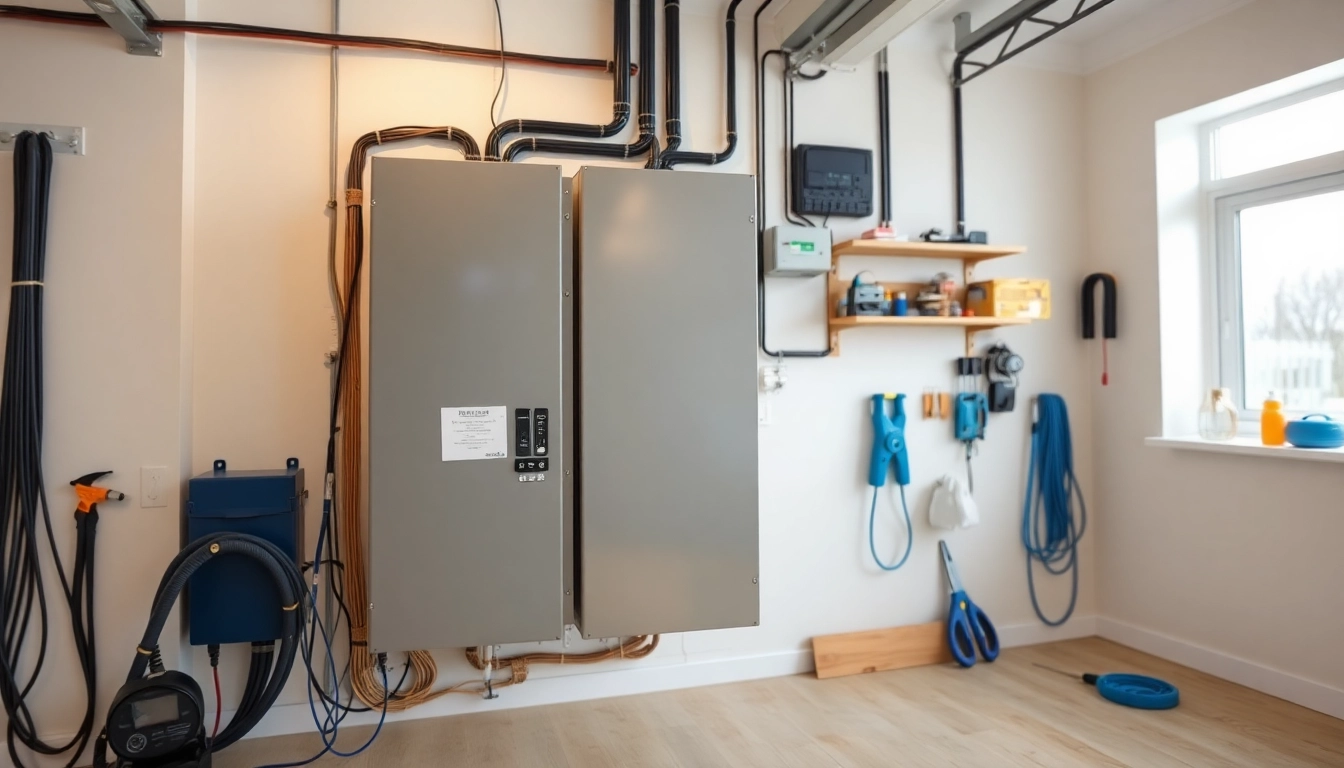






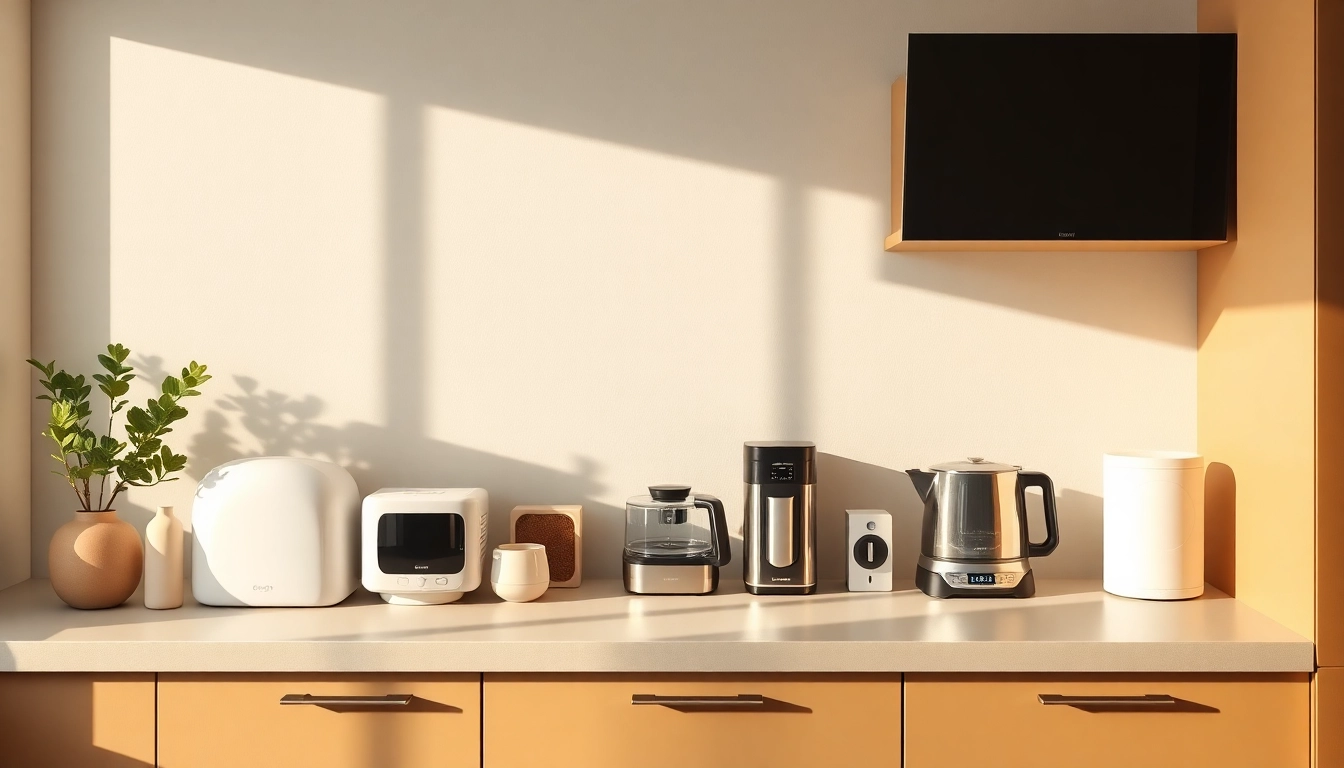

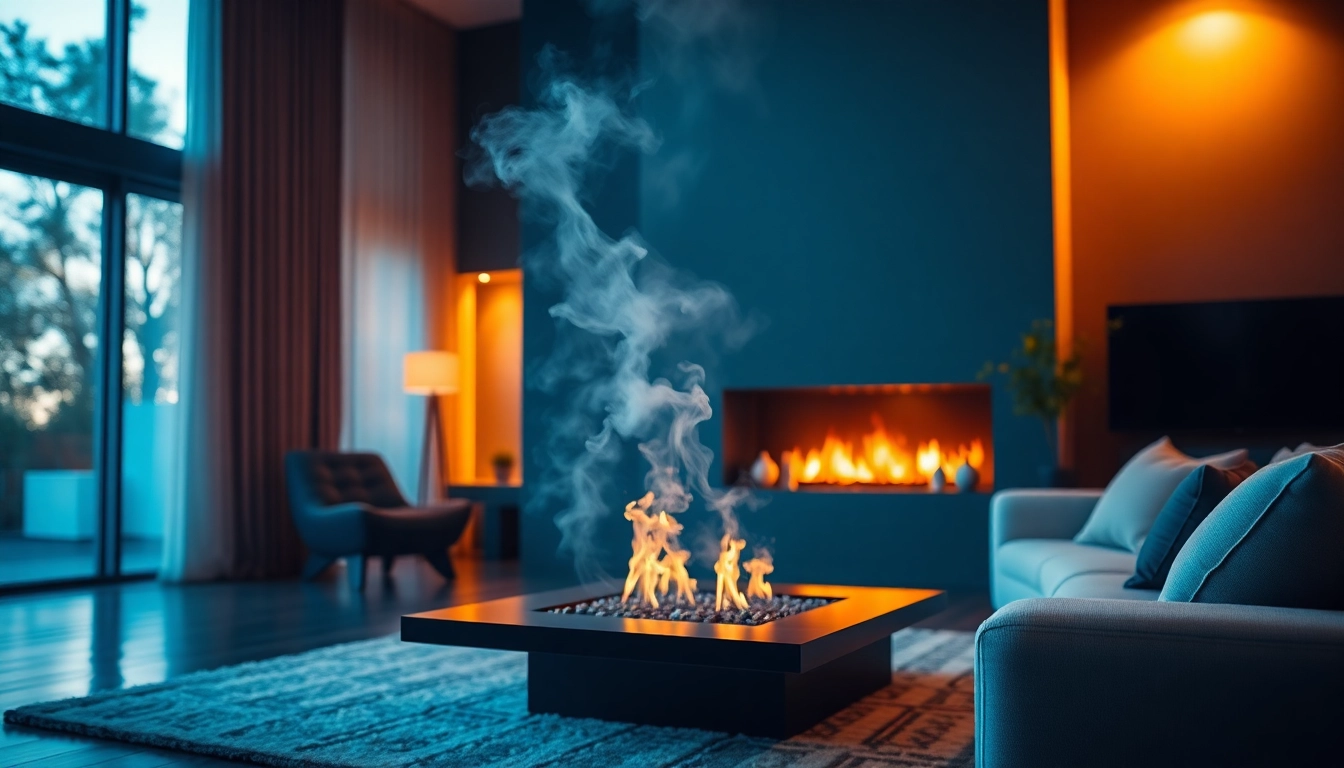
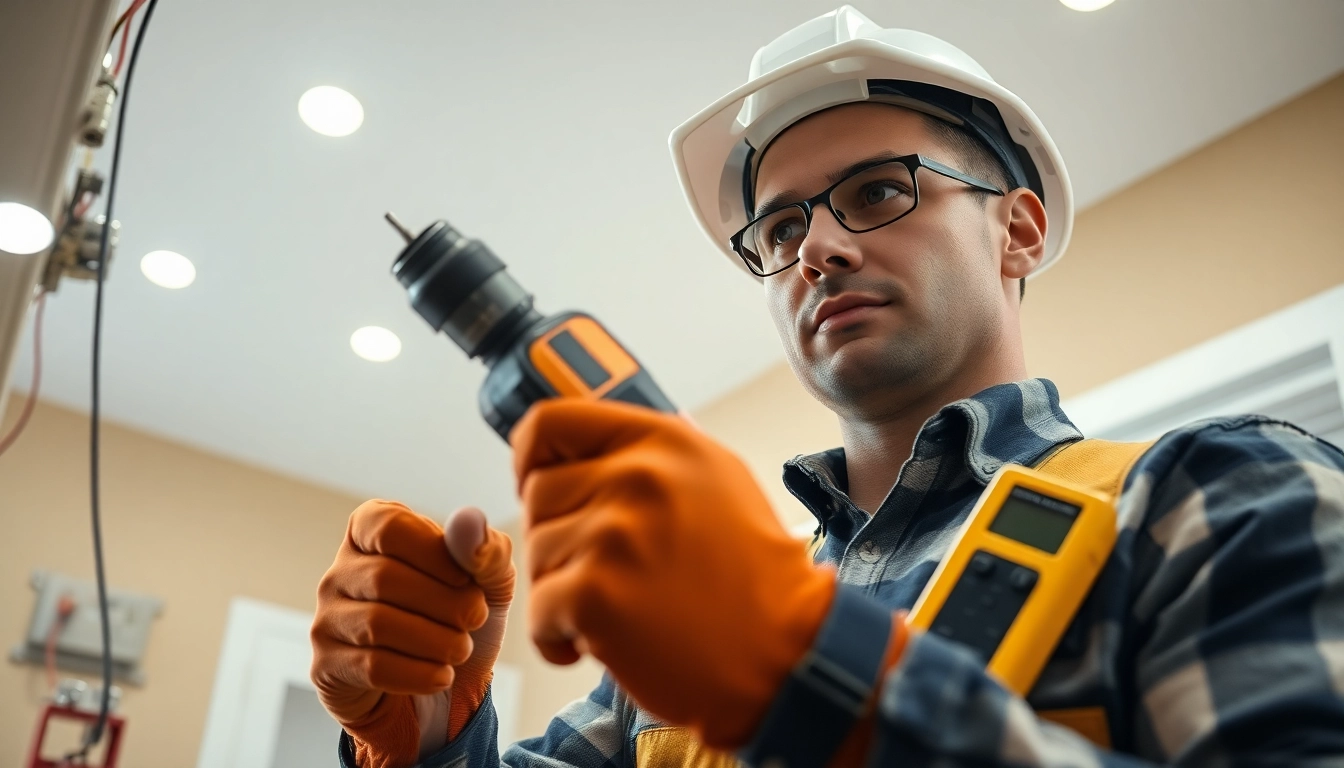


Leave a Reply